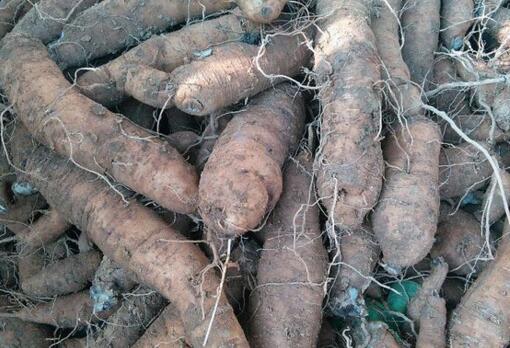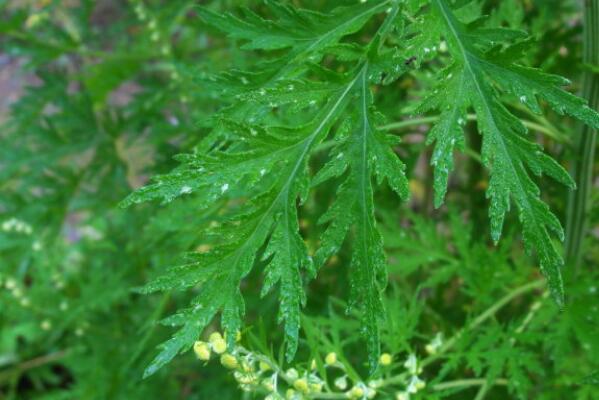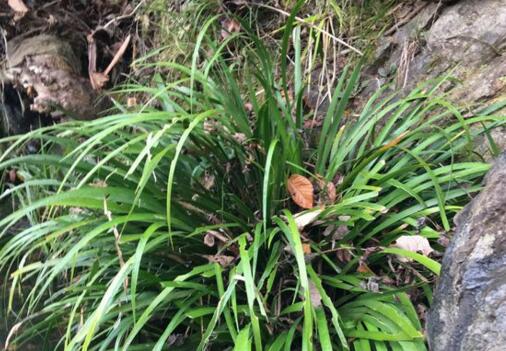How much is the seed price of herbaceous Radix scrophulariae per jin? When will it be planted? What are the cultivation techniques?
Radix scrophulariae, the name of traditional Chinese medicine, is a herb of Scrophulariaceae, which has the effect of clearing away heat and cooling blood, nourishing yin and reducing fire, detoxifying and dispersing knots. So, how much is the seed price of Radix scrophulariae per jin? When will it be planted? What are the cultivation techniques?

How much is the seed price of Radix scrophulariae per jin? When will it be planted?
The price of seeds of Radix scrophulariae is about 40-50 yuan per jin, but it varies according to the quality, variety, producing area and market of seeds. Radix scrophulariae commonly used seed bud, seed, ramet, cuttage and other propagation, generally used seed bud propagation, the seed reproduction rate is low, but the seed reproduction growth is fast, the product can be produced in one year, and the disease is less. The planting of Radix scrophulariae is divided into spring sowing and autumn sowing in the south. Spring sowing is carried out in February and autumn sowing is carried out from October to early November. Spring sowing can be harvested in the same year, but the quality is relatively poor, autumn sowing grows fast, and the quality and yield are better than spring sowing.
Second, what are the cultivation techniques?
1. Land selection and preparation: the deep sandy loam is selected for planting Radix scrophulariae, and planted on the sunny hillside of barren hills. it is better to plant legumes and Gramineae in the previous crop. The root of Radix scrophulariae is very deep in the soil and has a strong ability to absorb fertilizer, so it needs deep ploughing and sufficient base fertilizer.
2. Intermediate ploughing and weeding: when there is grass, it is pulled out, but it is not easy to loosen the soil too deep when weeding, so as to avoid harming the root mass. From April to June, there are 3 or 4 times of weeding and weeding. After June, the plant has grown up and no longer need pine, but there is still grass to pull up.
3. Timely topdressing: in addition to applying sufficient base fertilizer, Xuanshen applied phosphorus and potassium fertilizer twice before sealing ridges, and applied some barnyard manure or compost, opened small holes or ditches next to the plant, covered with soil, and cultivated the soil at the root.
4. Reasonable seedlings: in the second year after planting, many seedlings will grow from the roots, so that the roots will be expanded, the yield will be increased, and the excess strains will be removed in time, generally leaving only 2-3 strains.
5. timely topping: Scrophularia will bolt when it grows to a certain extent, and if it is used as a commercial harvest, it will not be used as a seed, so that the nutrients will be concentrated in the root tuber and promote the root production and expansion.
6. Watering and drainage: Radix scrophulariae is more resistant to drought and not resistant to waterlogging. When the drought is particularly serious, it is appropriate to pour water to make the soil moist, but it is not easy to flood, and rainy water should be drained in time during the rainy season.
Time: 2019-04-10 Click:
- Prev

Compositae plant Artemisia annua seed price about how much per jin? What's the difference between Artemisia and Artemisia? How do you plant it? Efficacy effect
Artemisia annua, also known as Artemisia annua, Ar So how much is the price of Artemisia annua seeds per jin? What's the difference between Artemisia and Artemisia? How do you plant it? What is the efficacy? Learned from Chongqing Artemisia annua planting base
- Next

How much is the price of Acorus calamus seedlings on the market? How many years can you harvest after planting? What are the planting techniques?
Acorus tatarinowii belongs to Araceae, Acorus calamus grass-like perennial herbs, the rhizome is often used as medicine. So, how much is the price of Acorus calamus seedlings on the market? How many years can you harvest after planting? What are the planting techniques? How much is the price of Acorus calamus seedlings on the market? Acorus tatarinowii is propagated by rhizome.
Related
- Fuxing push coffee new agricultural production and marketing class: lack of small-scale processing plants
- Jujube rice field leisure farm deep ploughing Yilan for five years to create a space for organic food and play
- Nongyu Farm-A trial of organic papaya for brave women with advanced technology
- Four points for attention in the prevention and control of diseases and insect pests of edible fungi
- How to add nutrient solution to Edible Fungi
- Is there any good way to control edible fungus mites?
- Open Inoculation Technology of Edible Fungi
- Is there any clever way to use fertilizer for edible fungus in winter?
- What agents are used to kill the pathogens of edible fungi in the mushroom shed?
- Rapid drying of Edible Fungi

